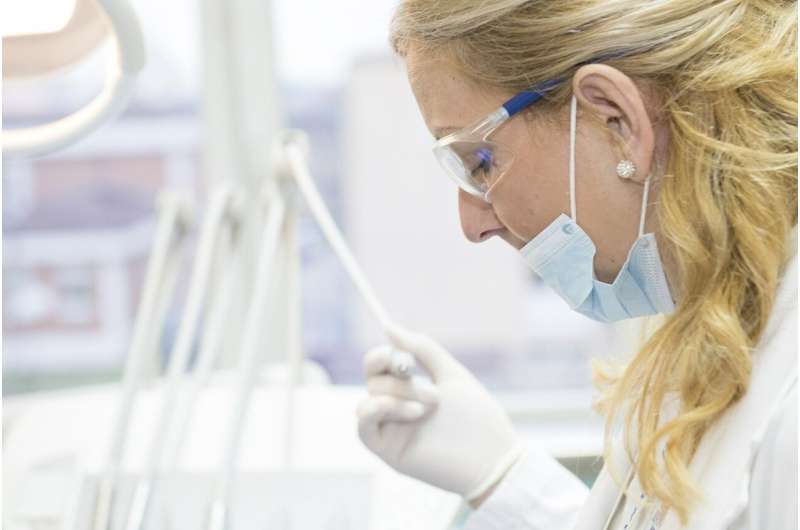hydroxyurea shape

Surface sampling for SARS-CoV-2 RNA has shown promise to detect the exposure of environments to infected individuals shedding the virus who would not otherwise be detected. Now a new study, published in mSystems shows that the methodology used to detect COVID-19 in nasal swabs at public health clinics, viral transport medium (VTM)/PerkinElmer pipeline, can be used to detect COVID-19 on surfaces in indoor settings such as schools.
“Public health labs can now test for the virus that causes COVID-19 not just in people, but also for traces left behind in the environment with equipment that they already have,” said senior study author Rob Knight, dostinex treat infertility Ph.D., professor of pediatrics, computer science and engineering, and bioengineering at the University of California San Diego.
In the study, the researchers compared sampling and testing methods they developed at the university (the sodium dodecyl sulfate (SDS)/Thermo pipeline) to methods used in public health settings (the VTM/Perkin Elmer pipeline). The SDS/Thermo methodology uses robotic automation and specific reagents that are often not available at public health laboratories. The researchers put SARS-CoV-2 on laminated cards in the laboratories and then tested the 2 methods at detecting the virus.
The researchers found that the university-developed method, SDS/Thermo pipeline, shows superior sensitivity and specificity, but that the VTM/PerkinElmer pipeline is still sufficient to support surface surveillance in indoor settings such as schools, prisons and group homes. The SDS/Thermo pipeline showed superior sensitivity with a false negative rate of 9% compared with 27% for the VTM/PerkinElmer pipeline.
Source: Read Full Article
